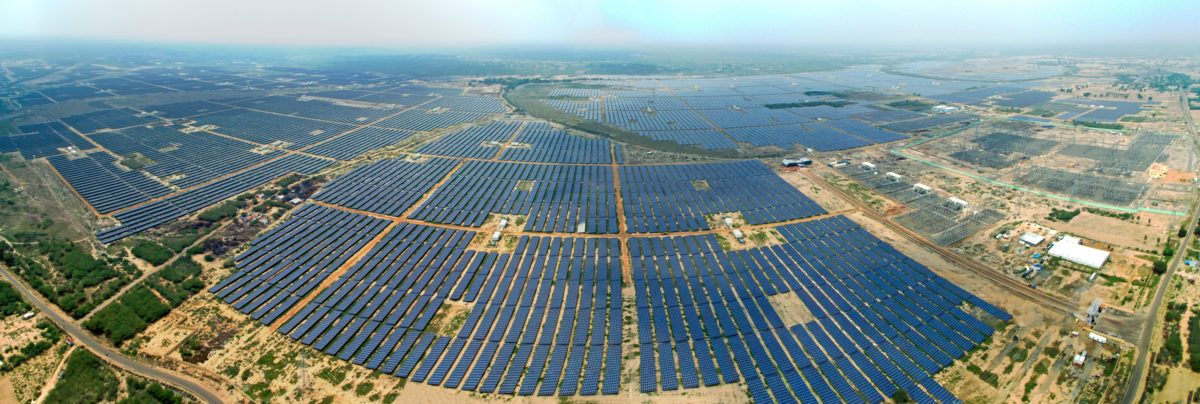From pv magazine India.
Tamil Nadu’s new draft solar policy targets a 400% jump in the state’s installed solar capacity, from 2.2 GW to 8.9 GW, by 2022.
The policy will be applicable to projects, programs and installations relating to PV and solar thermal energy, in a state that ranks fifth nationally for solar.
The draft policy mandates 2022 goals including having all public buildings, street lights and the water supply installations of corporations, municipalities and local urban bodies meet 30% of their energy requirements from solar. Within four years, the draft policy envisages all state government departments replacing 10% of their vehicle fleet with solar-powered electric vehicles.
To establish a solar ecosystem, the Tamil Nadu Energy Development Agency (TEDA) has announced several incentives including an exemption of solar from electricity tax and grid connectivity, open access, wheeling, banking and cross-subsidy charges. Joint utilisation of land for solar projects, crops and rainwater harvesting has also been mooted.
Solar manufacturing ambition
Popular content
Under the policy, the Tamil Nadu government would promote the manufacture of cells, inverters, mounting structures and batteries. Land would be identified for the development of production lines and a one-stop-shop created for technical and funding support and project clearance.
To ensure the compliance of electricity distribution companies with the Renewable Purchase Obligation (RPO), the policy mandates strict enforcement of penalties specified by the Tamil Nadu Electricity Regulatory Commission (TNERC).
The commission would also determine the solar energy gross and net feed-in tariffs to incentivise solar power export to the grid at times of peak demand.
Tamil Nadu’s Kamuthi solar facility is listed among the world’s eight largest solar power plants by installed capacity. Spread over 2,500 acres and incorporating 2.5 million solar panels, the plant has a total generation capacity of 648 MW. Completed in September 2016 at a cost of approximately $679 million, the plant is cleaned daily by a robotic system, charged by solar panels.
This content is protected by copyright and may not be reused. If you want to cooperate with us and would like to reuse some of our content, please contact: editors@pv-magazine.com.


By submitting this form you agree to pv magazine using your data for the purposes of publishing your comment.
Your personal data will only be disclosed or otherwise transmitted to third parties for the purposes of spam filtering or if this is necessary for technical maintenance of the website. Any other transfer to third parties will not take place unless this is justified on the basis of applicable data protection regulations or if pv magazine is legally obliged to do so.
You may revoke this consent at any time with effect for the future, in which case your personal data will be deleted immediately. Otherwise, your data will be deleted if pv magazine has processed your request or the purpose of data storage is fulfilled.
Further information on data privacy can be found in our Data Protection Policy.